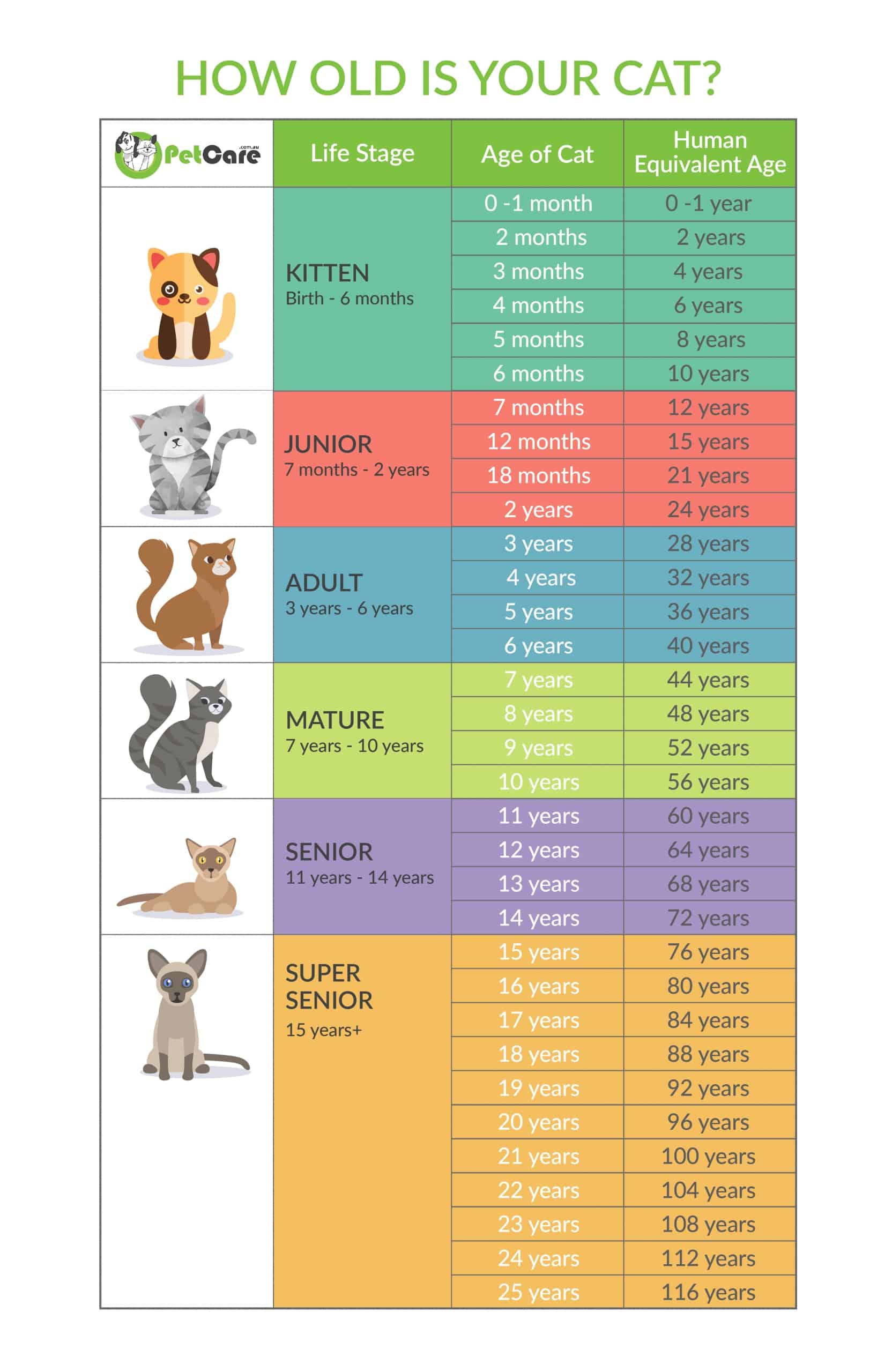
AdultĪfter their first birthday, your dog will officially be considered an adult. Although they may still act like a puppy, they’re rapidly undergoing sexual development and will typically reach reproductive maturity between 9 months and a year. Your dog reaches their challenging adolescent period between 6 months and a year old. During their first half-year of life, your dog will grow exponentially, gaining and losing all of their baby teeth and achieving most of their height during this timespan. PuppyĪlthough people still consider a dog a “puppy” until it’s around 2 years old, it’s only a puppy developmentally until 6 months. Aging is correlated to breed, as small breeds tend to develop faster and reach seniority slower than large-breed dogs. For example, puppyhood lasts less than a year compared to human childhood, which lasts around 10 to 12 years before puberty. Your gray-haired dog could still be quite young, but their fur changed early due to genetics or a rough start in life.ĭogs experience life stages similar to humans, but they progress at different rates. However, like humans, genetic and environmental factors determine when a dog’s fur turns gray more so than age. The presence of gray hair may give you a hint of your dog’s life stage. Vets also can check the ridges of your dog’s teeth to guess your dog’s age - they’re typically half-worn around 3 to 4 years and smooth by age 7. Usually, dogs will have developed periodontal disease by the time they’re 3. During their first year, a dog’s teeth should also appear fairly white.īy their first birthday, your dog’s canines may already be turning yellow. If you’ve adopted a puppy, you’ll either notice the thinner, sharper pricks of baby teeth, missing teeth, or new adult teeth beginning to fill in the gaps. All of their baby teeth are gone by 6 months, replaced by 42 permanent teeth. They’ll lose their baby incisors around 4 months, followed by their canines. Puppies receive all of their baby teeth by the time they’re 6 weeks old. While there’s no way to get an exact number, you can estimate your dog’s approximate age in a couple of ways. year of the dog (plural of dog years) (informal) Time period in a dog’s lifedefined in such a way that the average lifespan of a dog in “dog years” is numerically equivalent to the average lifespan of a human.Perhaps you adopted your dog with no background history, so you don’t know their birthday or even the year they were born. At four months, he is probably about the same age as a two or three year old. At one month, he is probably closer to a six month old. The average development of the brain and body of a two-month-old puppy is probably about the same age as a one-year-old human. What is 6 dog years in human years? Dog age Starting in the third year of life, each dog year equals approximately five human years.

The second year of a dog’s life is equivalent to nine human years (which makes a 2-year-old medium-sized dog approximately 24 years in human years). How old is a 2 year old dog in human terms? How long is 1 year for a dog? Age of Dog (dog age according to the calendar)Īge of dog in human years (age of dog in equivalent human years, depending on breed size stage)


 0 kommentar(er)
0 kommentar(er)
